
How Southeast Asia can unlock its biogas potential
The region only has around one gigawatt of capacity with Thailand, Indonesia and Malaysia leading in terms of production.
A region rich in feedstock that could be used for power generation, Southeast Asia holds the potential to accelerate the use of biogas to support its energy transition. However, the region only has around one gigawatt of biogas capacity and is yet to address challenges around policy and incentives that would encourage investments in the sector.
Dieter Billen, a partner and lead of Sustainability and Energy in Southeast Asia at Roland Berger, said that another challenge markets in the region face is the concentration of the feedstock in agricultural or remote areas with insufficient infrastructure.
“At this point, biogas and especially biomethane production in Southeast Asia is very small and dispersed,” Billen told Asian Power.
Despite this, Billen noted that Southeast Asia’s biogas sector will scale up, with Thailand, Indonesia, and Malaysia leading the deployment. Data from a report by the ASEAN Centre for Energy showed that Indonesia aims to reach a bioenergy capacity of 810 megawatts (MW) and Malaysia targets 1,065 MW by 2025. Thailand, meanwhile, targets a 5,570 MW bioenergy capacity by 2036.
The growth of the biogas sector will be driven by three key trends which include the involvement of larger players, particularly private companies from various sectors such as agriculture and livestock, the rise of bioclusters, and the emergence of international trade. More insights from Billen are shared in this interview.
What is the current state of biogas adoption in Southeast Asia?
Biogas adoption in Southeast Asia today is small with a capacity of around one gigawatt. Biogas is typically produced by breaking down organic waste through a process called anaerobic digestion. In Southeast Asia, biogas is then usually used for electricity generation, for example, by selling it to the grid. Biogas contains a mixture of various gases, usually methane, carbon dioxide and other gases. When the carbon dioxide and other gases are removed from the biogas, you get biomethane, which is the same as natural gas, but from bio-based feedstock, and there are currently a few projects to upgrade biogas into biomethane in the region, but the volumes are negligent at this point, but that will change.
Countries in the region with the most biogas production today are Thailand, Indonesia and Malaysia in that sequence. Thailand’s biogas production is from various feedstock sources, including cassava bulk, rice straws, etcetera. When it comes to biomethane production, there are only a few projects mostly in Malaysia and Thailand.
Large-scale adoptions also come with challenges. Could you identify the barriers to the deployment of biogas in the region’s energy sector?
There are indeed significant challenges, especially in scaling up biogas and biomethane in Southeast Asia from current small capacities. First, the feedstock is typically in agricultural or remote areas with relatively limited infrastructure, such as electricity grids or pipelines.
And also the feedstock is dispersed with relatively small volumes across multiple locations. Finally, there are a few incentives or regulations at this stage, limiting the willingness to pay for biogas or biomethane in Southeast Asia compared to fossil-based alternatives.
How can governments in the region support the development of the biogas sector?
There are mandates on the treatment of certain types of agricultural waste. For example, Malaysia has mandated the production of biogas from palm oil waste for new and expanding palm oil mills.
On the demand side, there are already feed-in tariffs in place, which provide incentives for deploying biogas and then selling the electricity to the grid. However, there are no significant regulations or incentives yet to drive demand for biogas or by meeting beyond these feed-in tariffs. For example, there is no blending mandate for biomethane for applications like in the power sector.
Apart from Singapore, there is no carbon tax or mandatory carbon markets across Southeast Asia, limiting the demand for biomethane at this stage, now, it is encouraging to see that countries in the region are increasingly emphasizing biogas and biomethane as part of their decarbonisation roadmaps, for example, Malaysia has included it as one of the pillars in its National Energy Transition Roadmap, which was released earlier in 2023.
How crucial is the role of biogas in Southeast Asia’s energy transition?
So, most countries have included biogas as part of their energy transition roadmap. It is not surprising given the abundance of bio feedstock in the region. Some countries also have plans specifically for biomethane.
Thailand has an illustration plan to increase biomethane production to 4,800 tons per day in the next decade, so [that’s] almost two hundred times. But what we expect is that the role of biogas and biomethane will be much more important than what is currently in the energy transition plans of Southeast Asian countries. For example, the role that biomethane can play to decarbonise existing applications currently using natural gas such as combined-cycle gas turbines. It is typically not part of those plans yet.
What are the innovations in the biogas sector?
There are lots of technological innovations in the biogas and biomethane sector in terms of new types of feedstock called third-generation feedstock, but also in terms of production processes, such as thermal and hydrothermal gasification, and landfill gas recovery.
Let us also not forget innovation in the business model, for example: virtual trading of biogas or biomethane rather than physical. The biogas or biomethane would still be produced and used, but at a different location to avoid transport costs using certificates. This will require proper oversight mechanisms to avoid double counting and misuse, as we have seen with carbon credits in some cases. We do believe that if the regulations are in place, this virtual business model could also take off.
A big part of it is purely for local decentralised electricity production, where the feedstock is located. So you have localised, decentralised electricity production, and then fed into the grid with a feed-in-tariff. That's the common model for most projects in the region.
How do you see the sector evolving in the next five to 10 years?
The biggest shift will be the scaling up. So at this point, biogas and especially biomethane production in Southeast Asia is very small and dispersed. And what we will see is scaling up thanks to three key trends.
First, we will see the involvement of larger players. Some of the major oil and gas companies are already investing in biogas and biomethane in Europe and North America. This will also happen in Southeast Asia, which will provide investment and scale. But it is not just the large oil and gas companies that will enter and invest in this space in the region. There are also large corporates with access to the feedstock, for example, palm oil companies, agriculture, and livestock companies, as well as the power producers, gas transport and distribution companies. So that will help in terms of scaling up to have the involvement of those larger players.
Second, given the dispersed nature of bio feedstock, we will see the emergence of bio clusters where feedstock will be aggregated and economies of scale can be realized including through investments in new infrastructure, such as pipelines for the larger bio clusters.
Finally, we will see the emergence of international trade for biogas and by meeting countries like Singapore will need significant volumes of biogas and biomethane to decarbonize especially in the power and industrial sectors. Such import demand can drive production in other countries in the region with either physical trade, for example, through gas pipelines or virtual trade.



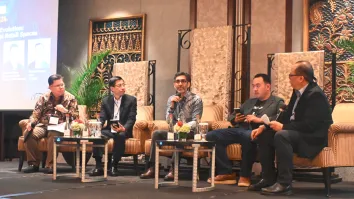


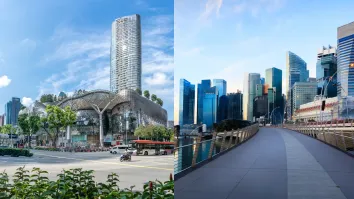
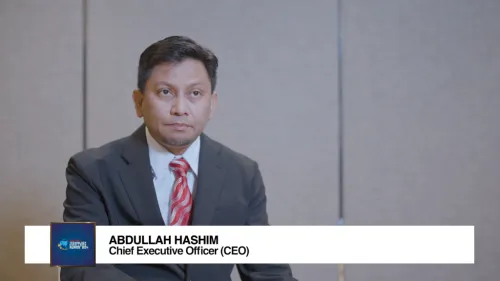
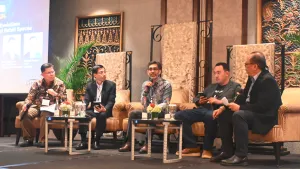
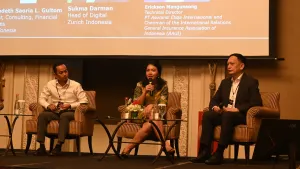

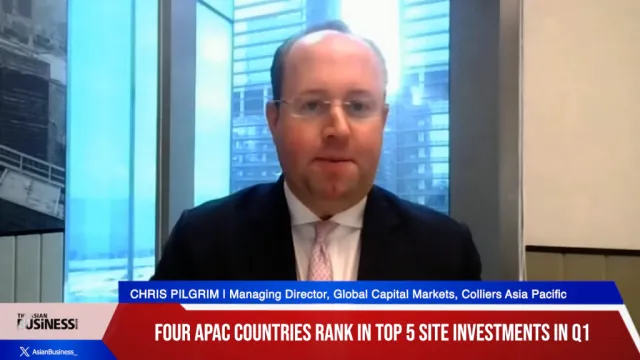
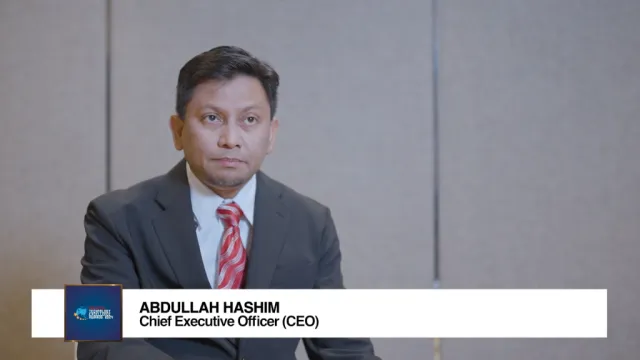
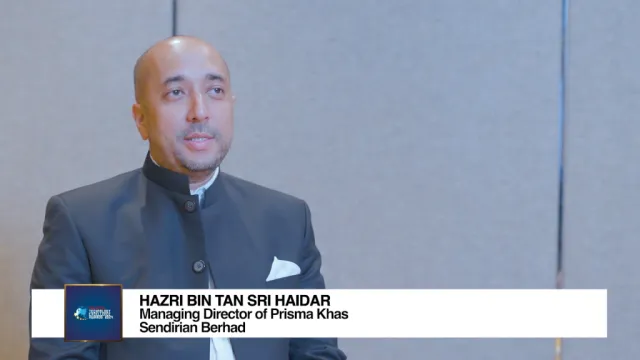

 Advertise
Advertise







